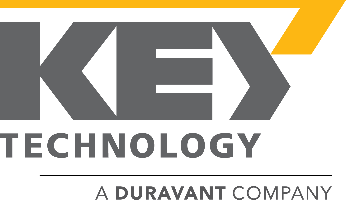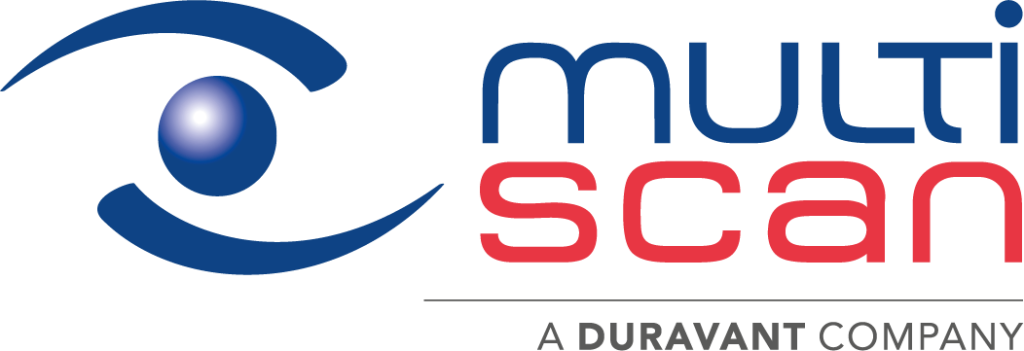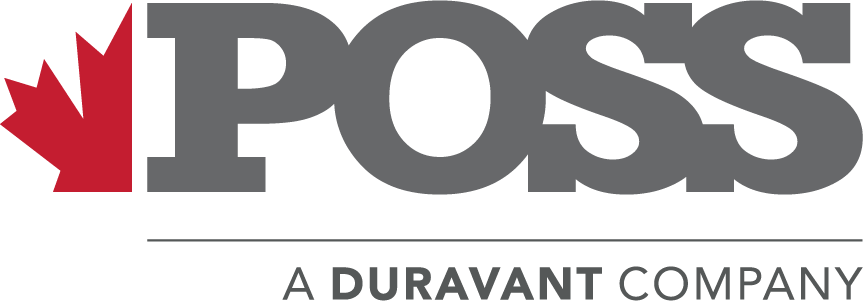The Duravant family of operating companies serve the food processing, packaging and material handling segments.
Advantages of Embracing Automated Packaging Solutions for Global Supply Chains
In today's fast-paced global economy, effective supply chain management is crucial for companies striving to remain competitive. One of the most significant advancements in the logistics and manufacturing industries has been the rise of automated packaging solutions. According to a recent McKinsey report, the adoption of automation in packaging processes can lead to efficiency gains of up to 30%, significantly reducing labor costs and minimizing human error. Moreover, the global automated packaging market is projected to reach $107 billion by 2025, highlighting the growing importance of these technologies in the supply chain landscape.
Embracing automated packaging not only streamlines operations but also enhances sustainability efforts. The same report indicates that automated solutions can reduce material waste by as much as 20%, aligning with the increasing demand for environmentally responsible practices. As consumer expectations evolve, businesses must leverage innovations in automated packaging to optimize their supply chains, improve product security, and increase throughput. This blog will explore the advantages of integrating automated packaging solutions and how they can transform global supply chains for the better.
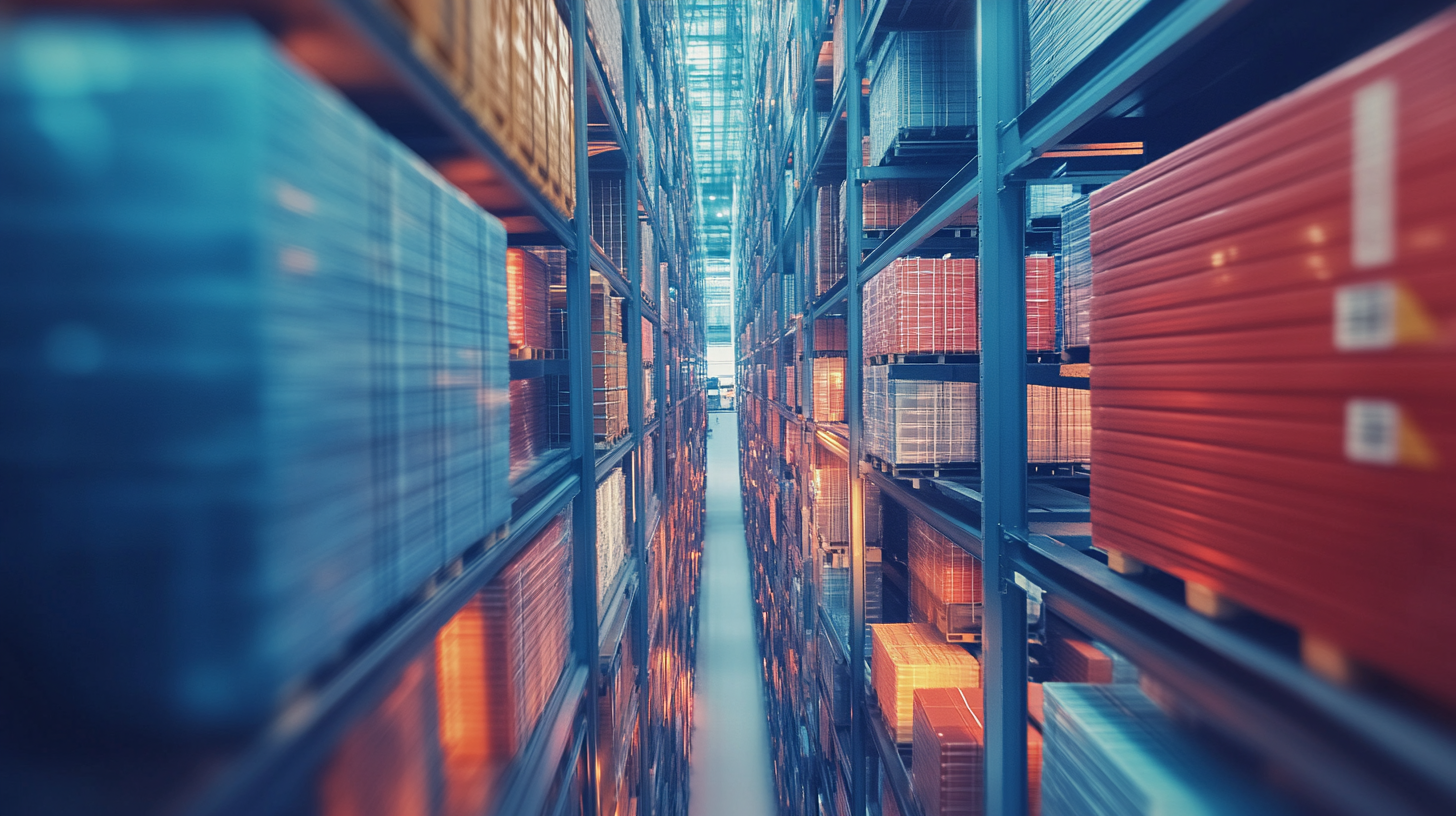
Benefits of Enhanced Efficiency Through Automated Packaging Systems
As global supply chains become increasingly complex, the adoption of automated packaging solutions emerges as a pivotal strategy to enhance efficiency. Automated packaging systems streamline the packing process, significantly reducing the labor intensity and time previously required for manual operations. This not only accelerates the total order fulfillment cycle but also enables companies to scale their operations seamlessly, adapting to fluctuating market demands without compromising on speed or quality. Furthermore, enhanced efficiency through automated packaging also minimizes human error. In traditional packing lines, mistakes can result in costly product damage, shipping delays, and customer dissatisfaction. By implementing automated systems, companies reduce the reliance on manual labor, thereby lowering the instance of packaging errors and ensuring a consistent output of high-quality packaged goods. This leads to improved customer satisfaction and fosters brand loyalty, as consumers receive their products in optimal condition and on time. Additionally, automated packaging solutions contribute to cost savings in the long run. By optimizing the use of materials and labor, businesses can allocate resources more effectively. This efficiency not only reduces operational costs but also enhances productivity, allowing employees to focus on more value-added tasks rather than repetitive packing duties. As companies continue to seek competitive advantages in the global market, embracing these automated systems can prove to be a transformative choice, driving both efficiency and profitability.

Cost-Effectiveness of Automation in Global Packaging Processes
The global supply chain landscape has undergone a significant transformation, and one of the pivotal advancements is the adoption of automated packaging solutions. The cost-effectiveness of automation in global packaging processes has become increasingly evident, presenting a compelling case for businesses to streamline their operations. Automating packaging procedures not only accelerates production rates but also minimizes labor costs, allowing companies to allocate resources more efficiently.
Investment in automated packaging machines can lead to a substantial reduction in packaging material waste. These advanced systems are designed to optimize material usage, ensuring that every square inch of packaging is utilized effectively. Consequently, businesses can lower their overall packaging expenses while simultaneously reducing their environmental impact. Furthermore, automation enhances consistency and precision in packaging, which decreases the chances of errors that can lead to costly product returns or customer dissatisfaction.
Moreover, automated solutions can adapt to varying scale production levels, offering significant flexibility in responding to market demands. This adaptability helps businesses mitigate the financial risks associated with fluctuating order volumes. When companies embrace automated packaging technologies, they can achieve quicker turnaround times, thus improving overall supply chain agility and responsiveness. In a world where speed and efficiency are paramount, the integration of automated packaging into global supply chains proves to be a strategic move towards sustainable growth and profitability.
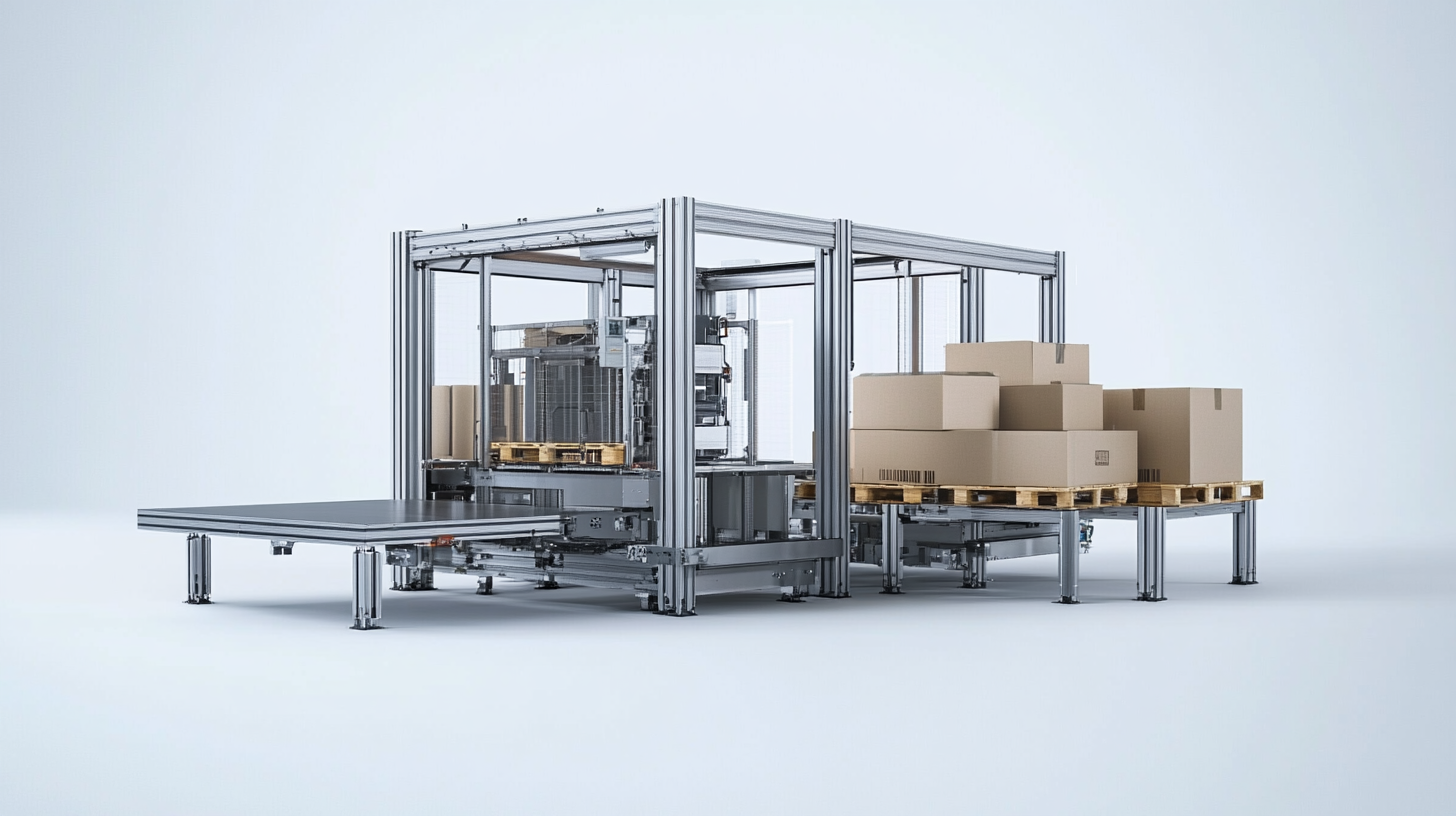
Improving Product Safety and Quality with Automated Solutions
The recent advancements in automation technologies are reshaping global supply chains, particularly in enhancing product safety and quality. With an increased focus on food safety, businesses are integrating automation from processing to packaging. This transformation is critical, as it revamps sanitation and quality control processes, ensuring that products meet stringent safety standards. Automation not only minimizes human error but also enables consistent compliance with regulatory requirements, thereby reinforcing consumer trust.
Furthermore, the adoption of artificial intelligence (AI) in manufacturing is revolutionizing efficiency and precision. AI-driven automation allows for real-time monitoring and adjustments during production, which significantly reduces the risk of contamination and defects. This capability is especially vital in industries like food and pharmaceuticals, where product safety is paramount. By leveraging these technologies, companies can achieve higher production rates while also ensuring that their products maintain the highest quality standards.
The impact of automation goes beyond enhancements in safety and quality; it also leads to significant cost savings and better resource management. With automated systems in place, manufacturers can optimize material usage and streamline their operations, leading to increased productivity. As companies continue to embrace digital transformation, the synergy between automation and AI will redefine manufacturing landscapes, ensuring a safer and more efficient supply chain for businesses and consumers alike.

Streamlining Operations: Reducing Labor Costs and Time
Automated packaging solutions are revolutionizing global supply chains, particularly in their ability to streamline operations and drive down labor costs and time. With businesses increasingly seeking efficiency, the integration of smart technology into packaging processes allows for improved accuracy and speed. By automating workflows, companies can minimize manual labor, which not only reduces staffing costs but also mitigates the risk of human error, ultimately leading to a more consistent product output.
The shift towards automation in sectors like manufacturing and food services is becoming more pronounced. For example, restaurants are adopting automated solutions to streamline their operations, significantly cutting food costs and waste. This mirrors the trends seen in supply chain automation, where technologies enable companies to enhance productivity and efficiency. Tools such as AI-powered predictive maintenance help identify potential issues before they escalate, ensuring smoother operations and further cost savings.
By embracing these smart packaging solutions, businesses can create a more agile supply chain capable of responding effectively to market demands. The benefits are multifaceted: reduced labor requirements, elimination of time-consuming manual processes, and substantial cost reductions. This transformative approach not only enhances operational workflows but also allows companies to focus their resources on innovation and customer satisfaction, paving the way for sustainable growth in a competitive landscape.
Adapting to Market Demand: Flexibility of Automated Packaging Solutions
In today’s rapidly changing market, flexibility is crucial for the success of global supply chains. Automated packaging solutions offer significant advantages in this regard, enabling companies to adapt quickly to fluctuating consumer demands. These systems are designed to handle a variety of products with ease, allowing businesses to switch between different packaging types without extensive downtime. This adaptability not only streamlines operations but also enhances responsiveness to market trends.
By incorporating automated packaging into their processes, companies can respond to seasonal changes and sudden spikes in demand more efficiently. For instance, during holiday seasons, companies can easily adjust their packaging lines to produce special edition products or unique packaging designs. This ability to pivot swiftly cultivates a competitive edge, ensuring that businesses can meet customer expectations without the inefficiencies typically associated with manual processes.
Moreover, the flexibility of automated packaging extends to integrating with other technological advancements, such as AI and IoT. This integration provides real-time data and insights, allowing operators to fine-tune processes and make informed decisions based on current market conditions. Ultimately, embracing automated packaging solutions not only streamlines supply chain logistics but also positions companies to thrive in an environment where responsiveness is key to maintaining customer satisfaction.


